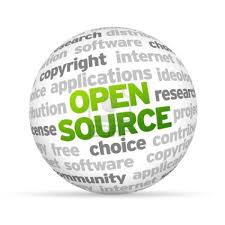One of the most common buzzwords used in technology today is ‘Open Source’. We keep hearing every now and then that a company A has made its offering open source. And on the other hand, we hear that a company B has switched its entire systems from proprietary solution X to open source solutions Y. And it is not tiny organisations that we are talking about. It is companies like Google, Oracle and Apache. Now before we see why those companies are using open source products and why they making their products open source, we need to understand what is open source.
Open source: When you give away the recipe along with the dish
Imagine that a cafe C’s burgers are very popular. But imagine a twist in the story. While there is no doubt that the burgers sell because of their taste, a lot of people actually flock to the cafe to buy the burgers because along with the burger, they give away the detailed recipe inside the folds of the paper napkin. Cafe C does not mind if any of their customers replicates the recipe and goes on to make his or her own success in direct competition with C. Now image a woman W, whose milk shakes are a rage in her locality. Everytime she serves her guests some of her popular milk shake, they ask for the recipe and she willingly gives it to them. Since she serves milk shakes to guests who visit her home, she isn’t charging for them.
Thus we see two categories of open source software. The cafe C’s burgers are commercial Open Source Software, since one purchases a burger first in order to get the recipe, but the recipe will be part of the burger, no questions asked. Woman W’s milk shake falls in a category called FLOSS or Free Libre Open Source Software, which is both open source and free of cost. Linux by itself is a FLOSS, but Red Hat Enterprise Linux is a type of commercial OSS.
 |
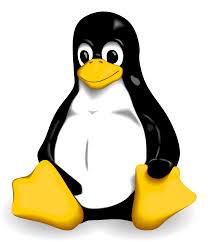 |
 |
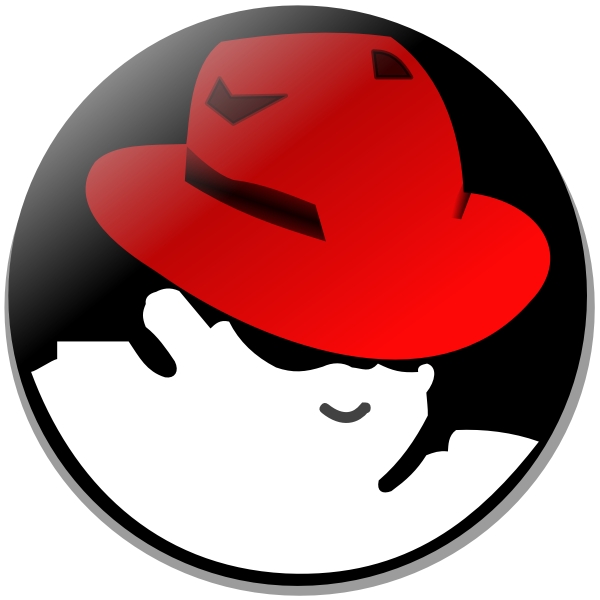 |
But wait, you may ask, if you give away your recipe, how can you make money? How does it make business sense to sow the seeds of your own competition? We will get back to OSS from the point of view of the open source producer in the next post. We shall first see how adopting open source software as a consumer empowers the adopter.
How open source software empowers the adopter
#1: Adopting open source lets you hike on your own thrilling path
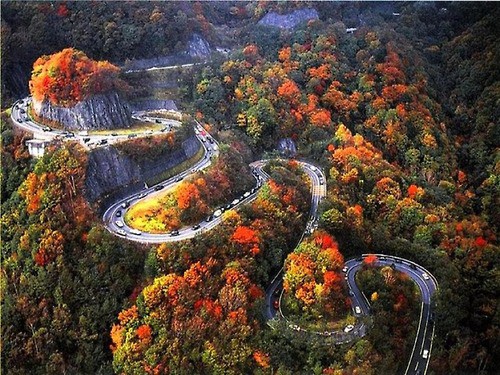

Most of the hill stations in the world offer two ways in which you can go from the base of the mountain to the top.
One way is to take the national highway that starts from town B at the base of the mountain to the summit S which is the hill station at the top of the mountain. The path is paved and safe and user-friendly in the sense that the driver just have to follow the road wherever it takes them and does not have to worry about how to navigate to the top of the mountain. There are hotels, restaurants and motels along the way, making the tourist’s experience very comfortable. The driver must follow lane disciple and must follow speed limits. Often the roads are narrow and winding and the driver is forbidden from stopping on scenic spots such as a beautiful waterfalls or if he/she spots some rare species on the road. The road may pass places where there are drop-dead gorgeous views across valleys where the driver’s car cannot reach, because the highway authorities did not care to lay roads to that point. Occasionally, people who travel by the highway may write to the government to lay roads to spots where the tourists are dying to go, but the government may or may not relent, because of their own agenda. The government has set a bottomline for the highway, i.e. reaching from town B to hill station S. Everything else is out of their agenda and will not be given priority.
One way is to take the national highway that starts from town B at the base of the mountain to the summit S which is the hill station at the top of the mountain. The path is paved and safe and user-friendly in the sense that the driver just have to follow the road wherever it takes them and does not have to worry about how to navigate to the top of the mountain. There are hotels, restaurants and motels along the way, making the tourist’s experience very comfortable. The driver must follow lane disciple and must follow speed limits. Often the roads are narrow and winding and the driver is forbidden from stopping on scenic spots such as a beautiful waterfalls or if he/she spots some rare species on the road. The road may pass places where there are drop-dead gorgeous views across valleys where the driver’s car cannot reach, because the highway authorities did not care to lay roads to that point. Occasionally, people who travel by the highway may write to the government to lay roads to spots where the tourists are dying to go, but the government may or may not relent, because of their own agenda. The government has set a bottomline for the highway, i.e. reaching from town B to hill station S. Everything else is out of their agenda and will not be given priority.
But there are some people who seek the thrill and adventure and simply refuse to use a highway which they find boring. They use a hiking trail which weaves through the heart of the mountain. They go at their own pace, shooting pictures, discovering new species, wandering off the trail to explore hidden spots and come away with an experience that thrills. On the other hand, they are left to their own faculties. There is no official route, so the hikers will have to pay attention to the trail. They may occasionally get lost and need a lot of patience to find their way back. They usually have to carry their own food and water. Since there is not official documentation on the trail, hikers usually reach out to hiker communities for their solutions.
It is the same with proprietary and open source software. Proprietary software is easy to use, but are stuck to a bottomline and are often not customisable. Requests to add or enhance features may or may not be entertained and if acknowledged, will be released along with the next version. This incurs a long wait. Open source software is flexible and customisable, but there is little or no documentation, so the strength of the community who use that software are often the best entities to reach out to when there is trouble.
#2: Adopting open source provides a lot of choices
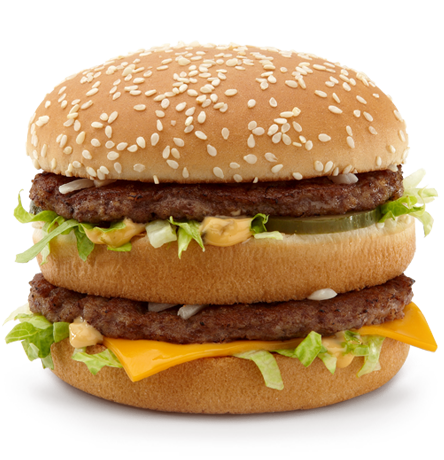 |
 |
Large food chains like McDonald’s, KFC and Burger King have a very standard menu. There are probably about 15-20 items on their menu throughout the year and the menu has not changed for decades, save for a few seasonal variations. You can walk into one of these outlets and bet on the fact that the taste will be the same every single time. Amazingly, the taste is the same in almost every outlet in the world, with a few tiny variations in spiciness. The chains generally have a formula for how they make their items and guard it very secretively. Their standard global recipe and the resulting consistent taste are what make people coming back to them. We can debate the healthiness of the food, but there is no doubt that the taste experience that they have researched and come upon so secretly is so addictive! For a while! If you have the items in these outlets for more than a year, chances are that you will be bored and seek out some new experiences. But, new experiences are the ONE thing that these chains do not have to offer. You either love their menu… or you dont!
Contrast this with eating noodles. As one of the most shared recipes in the world, noodle dishes have been imagined and re-imagined by thousands of eateries around the world. Packaged as Nestle’s Maggi instant noodles, which cooks in just 2 minutes, served in the costliest of china clay in upscale outlets like Nooodle Bar (the three O’s are intentional), sold in street food eateries in India, Thailand and Malaysia under various banners such as Hakka, Char Kway Teow and many different forms, noodles are as ubiquitous a fast food as anything can get. And they come with different textures and tastes. Long strands, thin strands, thick strands, tape-shaped, sour, hot and spicy, hot and sweet…. you name it, you get it. The main reason is that no single organisation withheld the recipe of noodles. Noodle recipes have passed many mouths, been written in many recipe books and have transcended multiple generations. In fact, so wide is the spread of noodle recipes that many street food eateries in India serve noodles steeped in Schezwan sauce as ‘Chinese noodles’, although the taste is quite Indian!
Open source software spreads in the same way. We have lost count of the number of different forms of Linux running in the world. Ubuntu, Fedora, SuSE, Debian just to name a few. The most famous form of Linux is of course Android. Android itself has been customised by various companies such as Sony, Samsung, LG, HTC and One Plus. In the end, the customer has a staggering variety of choices and he/she can pick what is best for him/her.
However it does mean that a user sometimes has way too many choices and as many communities. Each community will suggest using the variant that it follows. The user is left paralysed with choices even before he / she can start.
#3. Adopting open source frees the adopter from usage licenses and permits
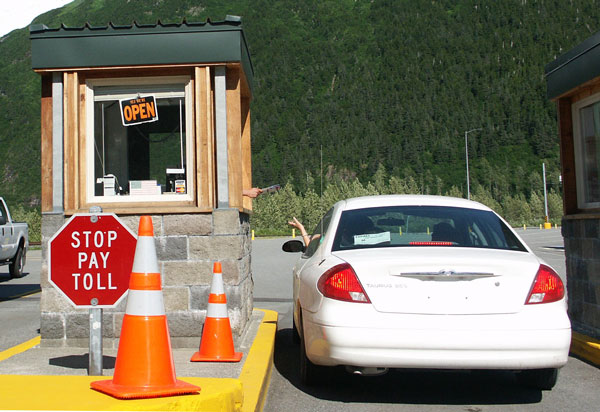
Adding to ‘the highway and the hike’ example from #1, to use a highway, one must pay a toll. Some toll booths are happy to let you use the highway multiple times on the same day, while other toll booths mandate that a toll be paid every time the highway is used. The driver who drives on the highway must have a valid driver’s license. To reduce pollution and congestion, some regions in the world also levy a pollution / congestion tax for entry of vehicles inside certain cities or towns or green zones. Most of these restrictions and fees are also on a per vehicle basis, i.e. the permits are issued based on a vehicle’s license plate. So multiple vehicles will require multiple permits.
In contrast, a hiker can walk into his / her preferred hiking zone and camp for days together. Sure, there are special zones which require a small fee to be paid for permits from units like the forest department, but in general, you can just walk into hiking trails without having to think about any special permissions.
To use open source software, all that the user needs to do is download, install and use. There are no ‘I agree to EULA (End User License Agreement which prohibits a user from sharing his / her copy of the software with others)’ screens or any screens where product codes have to be keyed in. The user can use the software and share it with as many person he / she likes.
Conclusion
In conclusion, as an open source adopter, you can clearly see many advantages and some not so good points. The advantages definitely outweigh the pitfalls and you should certainly consider trying open source solutions for 2 months. Those 2 months will let you know if open source really works for you.
But as a business owner, does it really make sense to write your software and just give away its source code? Can you really make a sustainable business out of such a process? We shall see in the next post that it is very much possible to do so.
